2025-08-08 15:27:38
In the world of modern electrical systems, the Flexible Busbar has become a critical component for efficient power distribution and compact equipment design. Whether you are in the fields of renewable energy, switchgear manufacturing, or industrial automation, understanding what a flexible busbar is — and how it compares to other busbar types — can help you choose the right solution for your project.
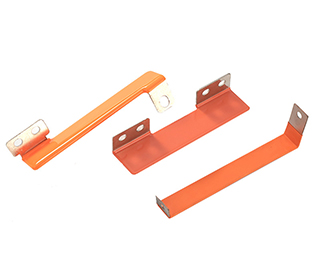
A flexible busbar is an electrical conductor designed to carry high current while allowing flexibility in installation. Unlike rigid Copper Busbars, the Flexible Copper Busbar can bend or twist to fit complex layouts inside electrical panels, battery systems, or power distribution units.
This flexibility is achieved by laminating thin copper foils or weaving copper wires into a braided structure. As a result, the busbar can absorb vibration, compensate for thermal expansion, and fit into space-restricted enclosures without sacrificing electrical conductivity.
| Parameter | Specification |
|---|---|
| Material | High-purity Electrolytic Copper (≥ 99.9%) |
| Conductivity | ≥ 97% IACS |
| Types | Laminated, Braided (Flexible Braided Copper Busbar) |
| Thickness | 0.1 mm – 3 mm (Custom thickness available) |
| Width | 5 mm – 200 mm |
| Length | Customizable up to 6 meters |
| Surface Treatment | Tin Plating, Nickel Plating, Silver Plating |
| Operating Temperature Range | -40°C to +150°C |
| Insulation Options | Polyimide film, PVC, PET, PTFE |
| Application Areas | Switchgear, EV Batteries, Power Distribution, Renewable Energy Systems |
Flexible busbars come in several designs depending on the application:
Flexible Laminated Copper Busbar – Made by stacking multiple layers of copper sheets and insulating them with a protective layer.
Braided Busbar / Flexible Braided Copper Busbar – Manufactured by braiding many copper wires together, offering maximum flexibility and vibration resistance.
Custom Flexible Busbar Copper Solutions – Designed according to specific shapes, hole patterns, and insulation requirements.
The manufacturing process for flexible busbars depends on the type:
For laminated busbars: Multiple copper layers are cut, stacked, and bonded with insulation, ensuring low electrical resistance and high mechanical flexibility.
For braided busbars: Fine copper wires are braided together, then crimped or welded to connection terminals.
Flexible busbar manufacturers often use high-purity electrolytic copper for maximum conductivity, sometimes with tin-plating, silver-plating, or nickel-plating to improve corrosion resistance and solderability.
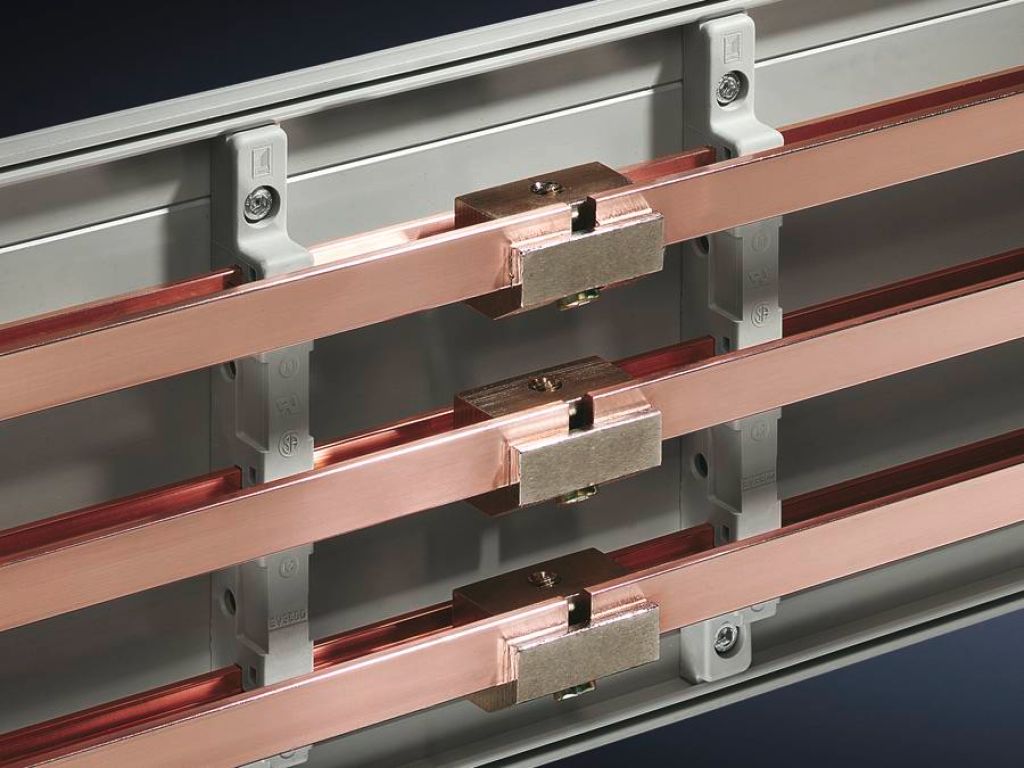
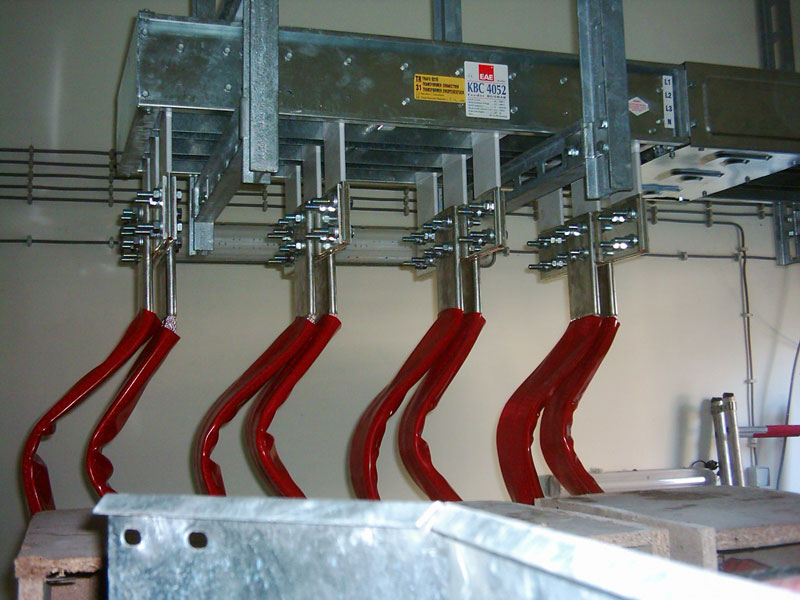
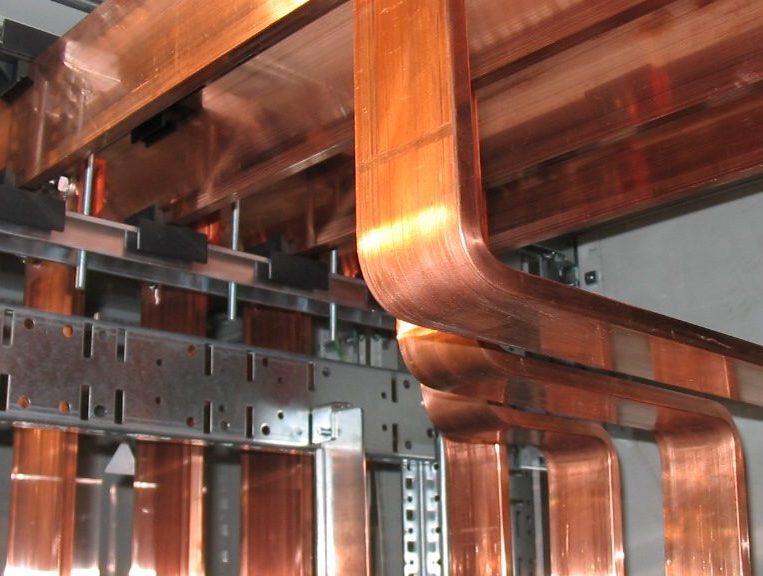
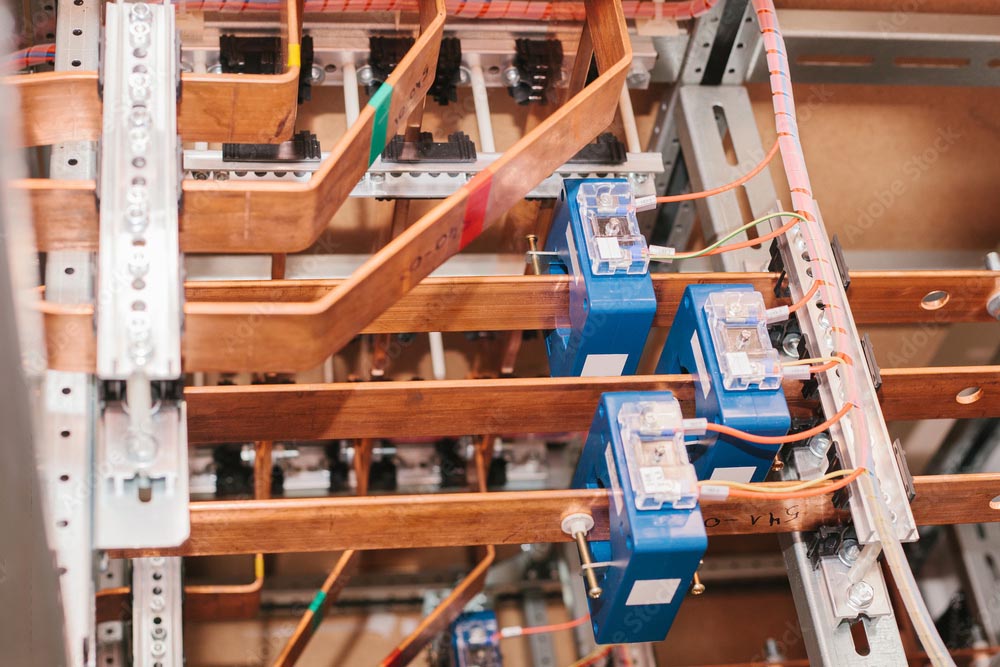
Flexible busbars are used in industries that demand both high current capacity and adaptable installation:
Power distribution cabinets & switchgear
Electric vehicle (EV) battery packs
Renewable energy systems (solar, wind power)
UPS and backup power systems
Industrial machinery and automation equipment
The braided busbar type is especially popular in applications with constant vibration or thermal cycling, such as transportation and heavy machinery.
Choosing a flexible copper busbar offers multiple benefits over cables and rigid busbars:
High Electrical Conductivity – Copper ensures low power loss and excellent current-carrying capacity.
Space Efficiency – Can fit in compact enclosures where rigid busbars would be difficult to install.
Vibration Resistance – Especially in flexible braided copper busbar designs, reducing mechanical stress on connections.
Customizable – Shape, length, hole patterns, and plating can be tailored to your needs.
Thermal Expansion Compensation – Reduces the risk of loosening connections in high-temperature environments.
When sourcing flexible busbar copper solutions, working with experienced flexible busbar manufacturers is essential. Key points to consider:
Material Quality – Ensure the copper meets high conductivity standards (≥ 97% IACS).
Customization Capability – The ability to produce custom sizes and shapes.
Surface Treatment Options – Tin, nickel, or silver plating based on environmental and conductivity needs.
Quality Control & Testing – Electrical resistance, bending tests, and plating adhesion checks.
A flexible busbar is a vital component in modern power systems, combining high conductivity with installation flexibility. Whether you choose a laminated or braided busbar, the right design can improve efficiency, reduce space requirements, and extend the life of your electrical equipment.
If you are looking for high-quality flexible copper busbar solutions, partnering with professional flexible busbar manufacturers ensures you get a durable, reliable, and cost-effective product for your application.